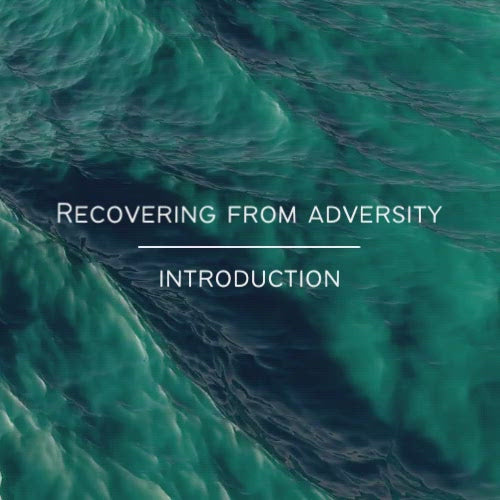

Recovering from Adversity Visualisation
Build resilience and let go of past errors
This guided visualisation will give you the tools and techniques to recover from setback and replace thoughts of failure and fear with confidence and positivity.
Failures, injuries, mistakes and setbacks are often part of life's journey. They are never welcome, but we can choose how we respond to them so that we can continue to learn, progress and build our resilience muscle.
Led by NLP practitioner and founder of Sportsmind, Jeffrey Hodges, you will learn the techniques on HOW to let go of errors and mistakes of the past and switch your focus on what you actually WANT to happen in the future. This visualisation is most powerful when practiced with consistency and at least 2-3-times per week.
Learn from and move on from errors, celebrate triumphs along the way and set your mind up for future success.
Listen to the introduction to learn more. You will receive the visualisation as a download post purchase.
Mindset is what separates good from great. Invest in your mindset today!
HOW IS VISUALISATION DIFFERENT TO MEDITATION?
Even though meditation and visualisation are often used interchangeably, the two techniques are actually quite different and affect the brain in very different ways.
Meditation is used to calm the nervous system and deliver deep rest (even deeper than sleep) to the mind and body. With the help of a mantra, there is little effort to control our thoughts or other aspects of our experience. Meditation helps us repair and regenerate which, when practiced consistently, can help us overcome stress and illness.
Visualisation, on the other hand is very active and can excite our nervous system. During visualisation, we are more conscious of what we are doing. The breath and senses are guided into a relaxed state where we can then direct our thoughts to bring about a desired physical, mental or emotional result ie: feeling more confident, practicing and re-programming specific sporting techniques, gaining more clarity and focus or overcoming fear.
During visualisation, thoughts are guided to imagine best case scenarios for future situations – whether that be a sporting event, a key-note speech, new skill acquisition or a complete five-sensory experience. When practiced consistently, visualisation can re-programme neural pathways and in other words, replace old habits, thoughts, movement patterns, reactions and feelings. Did you know your brain can’t tell the difference between imagined and real practice? That’s right! The same neural pathways fire which means visualisation is a very powerful skill to compliment any physical practice.


